Mexican State Capital: Tlaxcala, Mexico
Date Visited: 11/24/2018
Just north of Puebla is the city of Tlaxcala. Tlaxcala is the smallest state in Mexico and is not a very well known state by foreigners. Truth is it is not very well known even by Mexicans. This has a lot to do with the history of Tlaxcala.
Before the Spanish came to Mexico the largest group of people was the Aztecs. The Aztec capital was Tenochtitlan, which is modern day Mexico City, but they pretty much ruled all the way up to what is now California and as far south as what is now Guatemala. They pretty much conquered anyone they met, except for the Tlaxcalans. It isn’t that the Aztecs didn’t try to conquer them, they just couldn’t. The Aztecs completely surrounded them on all sides but the Tlaxcalans lived high in the mountains. Besides having an awesome mountain top home they were also known for being fierce warriors and very good traders. They were so good at what they did that they were said to have been able to cover one of their temples in seashells. Tlaxcala is a one week walk away from the nearest coastline.
When the Spanish came to Mexico the Tlaxcalans did not think the Spanish were anyone special. They were however cool with helping someone hurt a fellow enemy and so they the 8 chiefs signed a treaty with the Spanish conquistadors. The result of which being while the rest of Mexico was enslaved, Tlaxcala remained relatively free and independent.
As mentioned, Tlaxcala is not very well known. There are hotels and places to visit but it isn’t what anyone would describe as a tourist area. Which is a shame because there are some things in Tlaxcala that you can’t see anywhere else in Mexico.
One of these examples is the archelogical center of Cacaxtla. The Tlaxcalans converted to Catholicism, well they sort of converted. They have some strange customs I have never seen before in Catholicism like outdoor services that are led by women. Anyhow Cacaxtla was a prehispanic outpost temple. Unlike the Aztec temples that were all burned or torn down, nothing happened to the Tlaxcalan temples, they were just abandoned. Due to this fact, there are still many intact murals in Cacaxtla. The murals are said to only be second to the Mayan murals in Bonampak (located in Chiapas). Entrance is $85 MXN (about $4 USD), I was there on a Sunday and no one was in the booth so I didn’t pay anything.
Getting around in Tlaxcala was interesting, there are several routes into the state (no airport). The most direct route would be taking bus from Mexico City. They leave more or less every 30 minutes and cost about 200 pesos. I was coming from Pachuca so I took a local bus. The local buses are not as good as the express or luxury buses but they are adequate in comfort. The major downside to the local buses is that they will stop for anyone along the route and stop in pretty much every little town along the route. The result for me was a two-and-a-half-hour ride took about three hours.
When I got to Tlaxcala the taxi cab drivers were unusually hesitant to take me into the city center. This was a little bit strange to me because I speak Spanish but it looked to me that they didn’t want to have anything to do with this foreigner in their city. So I had to walk about 15 minutes into the city center. I was late getting to church and had to run right off the bus to the chapel that was about three blocks away. This was a mistake due to the elevation. I got to church on time, but I must have sounded like a homicidal murderer with all the heavy breathing. Probably explains why the taxi drivers didn’t want to help me. I wouldn’t want to pick up a heavy breather. There were no ubers in the state.
In the city center they were celebrating a marionette festival. As such there were marionette shows going on throughout the plaza. In the city center I got to see the Legislative Center. Tlaxcala still follows it’s tradition in that the 8 chiefs are now 8 districts and they are still represented in the state government. The governor’s palace has some great murals that were made by an artist named Desiderio Hernández Xochitiotzin, who was a Tlaxcalan and more importantly was a student of the famous muralist Diego Rivera. The murals show the history of the Tlaxcalans from how they started, to how they signed a treaty with Hernan Cortez, to their current independence.
Overall I enjoyed my time in Tlaxcala. It was a very interesting visit. It is definitely not a tourist destination. Everyone I met was very surprised to see me. I think there is this kind of underlying resentment in that regular Mexicans don’t visit Tlaxcala and the people of Tlaxcala definitely don’t really care, they are happy doing things their way. If you do go to to Tlaxcala don’t expect anyone to roll out the royal treatment for you, just like the Spanish, you are not special. Everyone I spoke to was very open once I demonstrated that I respected them and their customs.
Once they knew who I was and what I was doing they were very happy to explain what was going on and I felt like I got to see some things that even a lot of Mexicans never see.
Video:
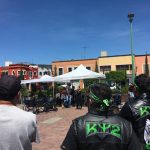
The local Motorcycle club was having a fundraiser for disabled children. They looked tough but they really loved the children.

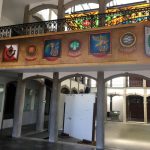
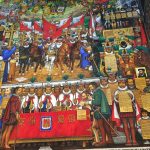
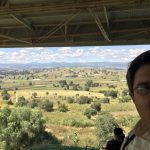
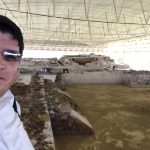
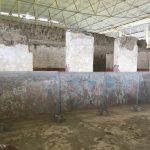
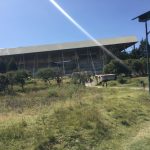

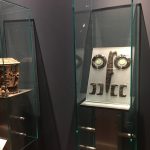
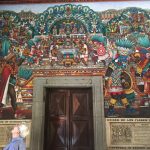
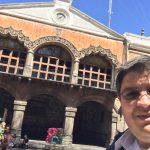
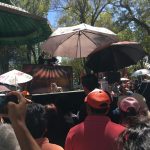
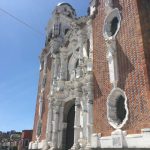

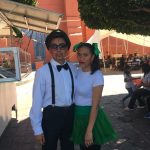




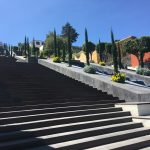

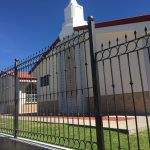
It’s on my list.